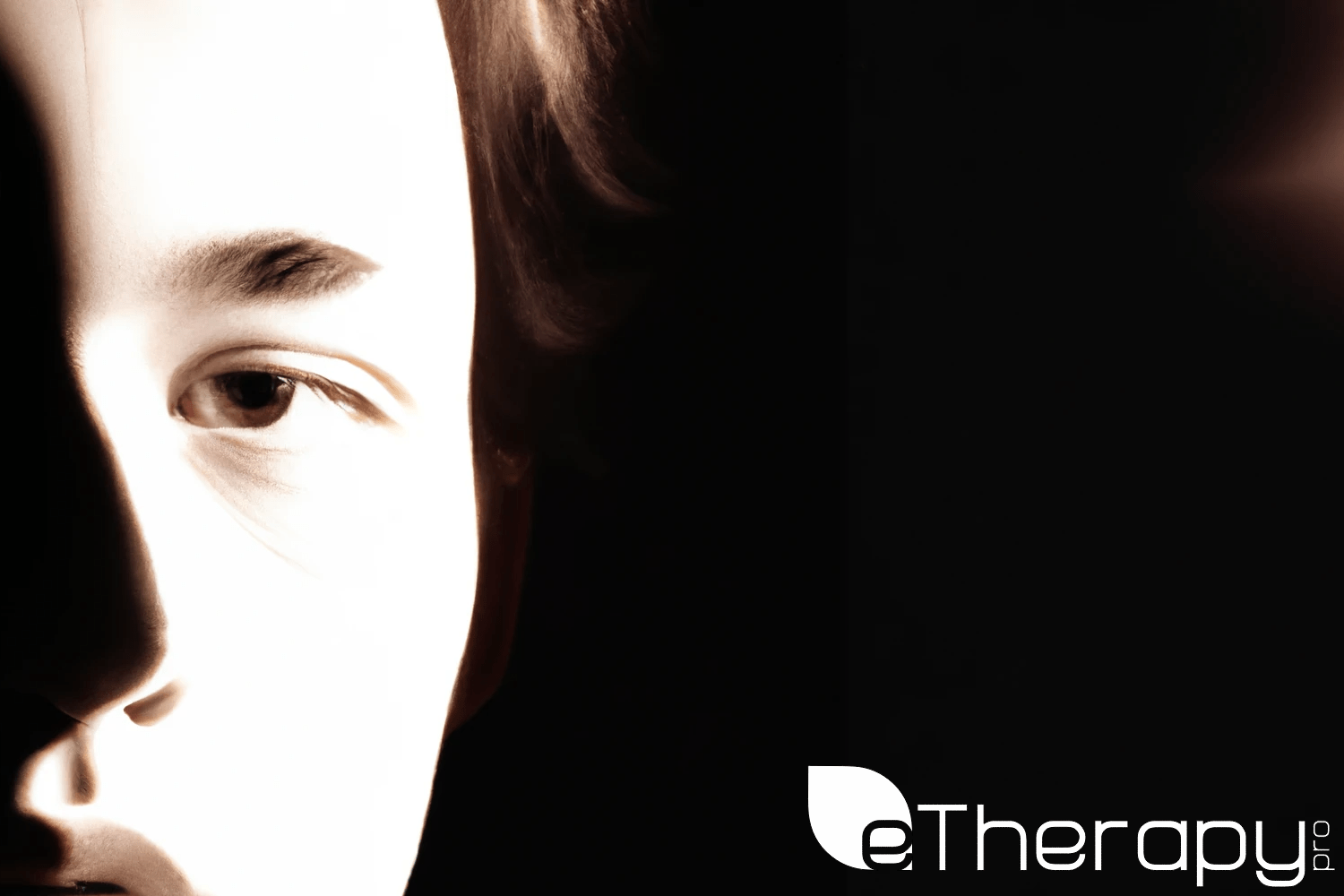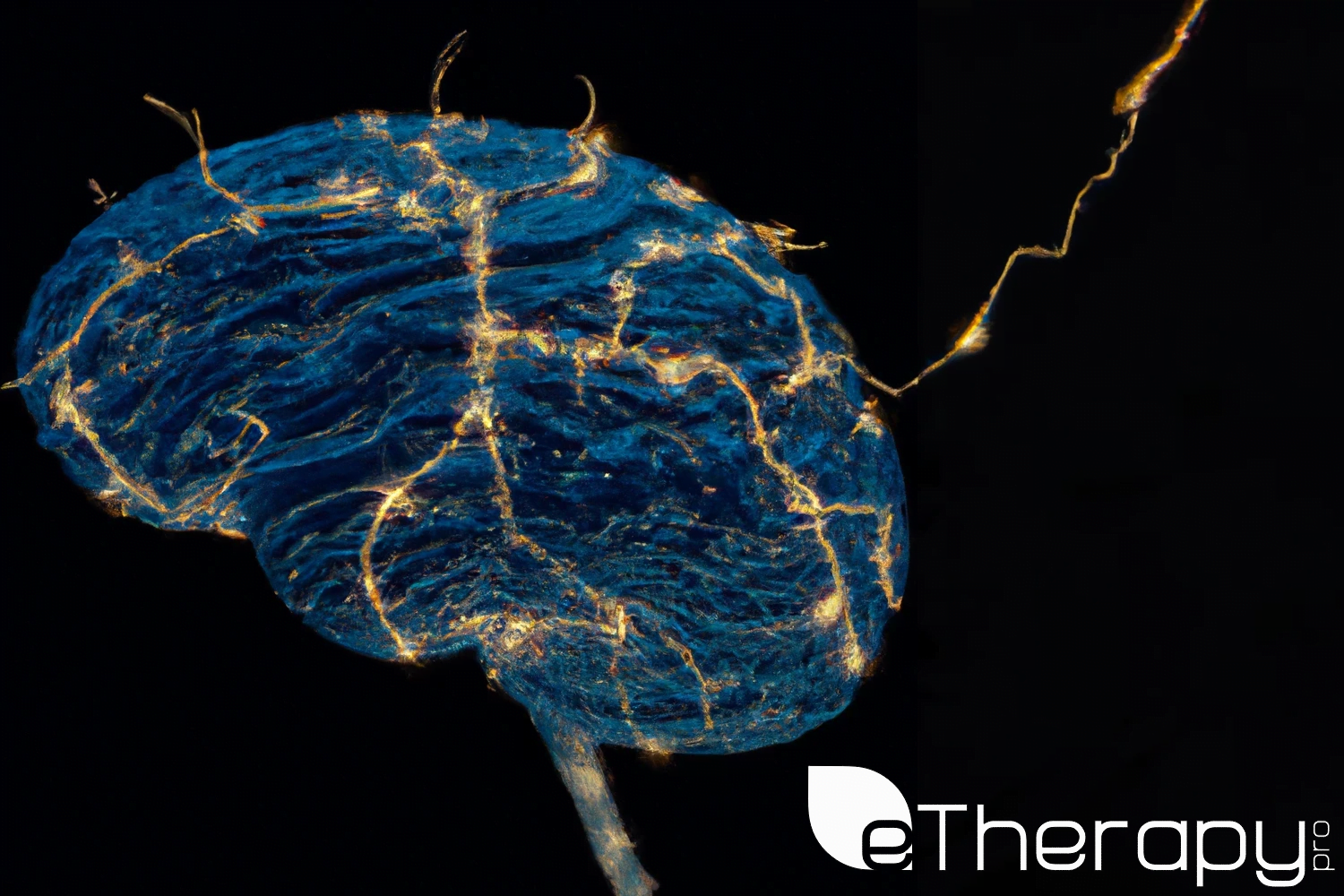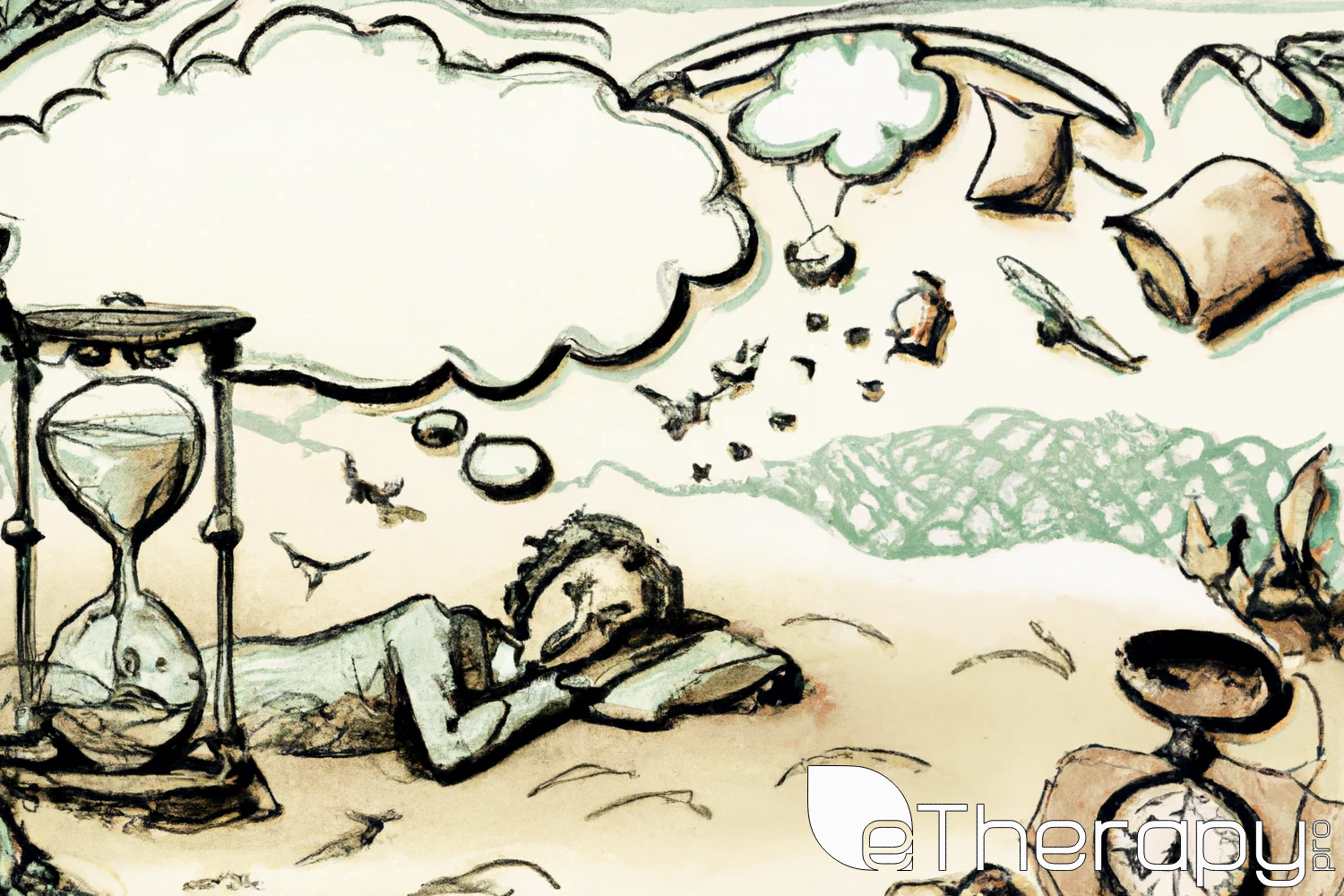 In our journey to understand and manage our mental health, knowledge is our most powerful tool. This comprehensive guide aims to empower you with a clear understanding of what a Borderline Personality Disorder (BPD) test involves. BPD is a serious mental health condition that demands accurate diagnosis and treatment. Platforms like eTherapyPro provide valuable resources for those seeking help and understanding in this process.
In our journey to understand and manage our mental health, knowledge is our most powerful tool. This comprehensive guide aims to empower you with a clear understanding of what a Borderline Personality Disorder (BPD) test involves. BPD is a serious mental health condition that demands accurate diagnosis and treatment. Platforms like eTherapyPro provide valuable resources for those seeking help and understanding in this process.
Understanding Borderline Personality Disorder
Defining Borderline Personality Disorder
BPD is a mental health disorder characterized by an ongoing pattern of varying moods, self-image, and behavior. These symptoms often result in impulsive actions and problems in relationships, leading to self-destructive behaviors and potential self-harm. It’s essential to understand that people with BPD are often doing their best to cope with a world they experience as intense, fluctuating, and painful.
Common Symptoms of Borderline Personality Disorder
In understanding what constitutes a BPD test, it’s beneficial first to comprehend the signs and symptoms of the disorder.
Emotional Instability
Emotional dysregulation, also known as rapid mood swings, refers to abrupt and intense changes in mood. These fluctuations can be extreme, often feeling overwhelming and difficult to control. They can last anywhere from a few hours to several days.
Impulsive and Risky Behaviors
People with BPD may engage in harmful, sensation-seeking behaviors, particularly when upset. These can include reckless driving, substance abuse, binge eating, or unsafe sex.
Unstable Relationships
People with BPD tend to have relationships that are intense and short-lived. They may fall in love quickly, but once a relationship begins, they might idolize the person and then quickly shift to hating them, spurred by fear of the person leaving or rejecting them.
Importance of Timely Diagnosis
Timely and accurate diagnosis of BPD can have profound impacts on the effectiveness of treatment and the quality of life for those living with this disorder. Proper testing for BPD plays a crucial role in this process.
Diving into the Borderline Personality Disorder Test
The Role of a BPD Test in Diagnosis
Testing for BPD is a critical step in diagnosing this condition. BPD tests help mental health professionals make accurate diagnoses by identifying whether a person’s symptoms align with those characterized by BPD.
What Constitutes a BPD Test
A BPD test can involve several different methods and tools, including clinical interviews, psychological questionnaires, and in some cases, online self-assessment tools. These tests aim to get a comprehensive understanding of the individual’s experiences, symptoms, and behaviors.
BPD Testing Criteria
Mental health professionals diagnose BPD using tests that align with the Diagnostic and Statistical Manual of Mental Disorders (DSM-5) criteria. The DSM-5 requires individuals to display persistent patterns of at least five out of nine specific criteria to receive a BPD diagnosis.
Types of Borderline Personality Disorder Tests
Clinical Diagnostic Interview
This face-to-face interview conducted by a mental health professional is often a significant component of a BPD test. The professional will ask a series of questions about the individual’s symptoms, personal and family medical history, and lifestyle.
Psychological Questionnaires
Psychological questionnaires, often in the form of standardized self-report forms, can also be a part of BPD testing. For instance, the Borderline Personality Disorder (BPD) Severity Index (BPSI) is a widely used questionnaire that clinicians use to assess the severity of BPD.
symptoms. Additionally, clinicians may also use other questionnaires, such as the Structured Clinical Interview for DSM-IV Axis II Disorders (SCID-II), to diagnose BPD. In summary, psychological questionnaires can be a valuable tool for assessing BPD symptoms and aiding in diagnosis. They are designed to assess various psychological conditions and factors, including BPD.
Online Self-Assessment Tools
While not definitive, online self-assessment tools can be a helpful first step for individuals suspecting they may have BPD. They often consist of a series of questions derived from clinical BPD diagnostic criteria. These tools can offer some initial clarity and guidance, helping individuals decide whether to seek professional help. While these tests don’t provide a definitive diagnosis, they can be a valuable starting point for understanding one’s mental health.
The Process of a BPD Test
Professional Diagnosis
After the test results are completed, a mental health professional will carefully review them. It’s important to remember that only a trained professional can accurately diagnose mental health conditions by interpreting the test outcomes. Platforms like eTherapyPro provide connections with qualified professionals who can help interpret these results and guide the next steps
Interpretation of Test Results
A comprehensive interpretation of BPD test results typically involves looking at the severity and duration of symptoms, the impact of these symptoms on functioning, and any co-existing mental health disorders. This comprehensive assessment helps to build a clearer picture of the individual’s mental health and guides the development of a personalized treatment plan.
Next Steps After Testing
If a BPD diagnosis is confirmed, the next step is typically to discuss potential treatment plans. Depending on the individual’s needs and circumstances, this could involve different types of therapy (like Dialectical Behavior Therapy or Cognitive Behavioral Therapy), medication, or a combination of both.
Seeking Help: The Role of eTherapyPro
For many, the thought of seeking help for mental health issues can be daunting. eTherapyPro is committed to making this process as accessible, comfortable, and straightforward as possible. Consequently, eTherapyPro offers a comprehensive approach to treating BPD, encompassing both testing and therapy services. Their team of licensed professionals is dedicated to supporting individuals throughout their journey, providing personalized care and guidance from the comfort of their own homes. By making mental health care more accessible, eTherapyPro is empowering individuals to take control of their well-being and embark on a path toward healing and recovery.
Conclusion Of Borderline Personality Disorder Test
Understanding what a BPD test entails can significantly demystify the process and subsequently encourage more individuals to seek help when needed. Moreover, it can also provide individuals with a deeper understanding of their own mental health and well-being. Furthermore, BPD tests can be a valuable tool for accurately diagnosing and effectively treating the disorder. In conclusion, by gaining a comprehensive understanding of what a BPD test involves, individuals can confidently take the first step towards seeking help and ultimately improving their mental health. Remember, it’s okay to ask for help, and it’s okay to seek understanding about your mental health. If you think you might need a BPD test, know that you’re not alone, and resources like eTherapyPro are here to help you through every step of your journey.
 In an era where information is abundant, but authentic experiences are rare, workshops and classes provide a unique bridge to hands-on knowledge and
In an era where information is abundant, but authentic experiences are rare, workshops and classes provide a unique bridge to hands-on knowledge and 
 In an age characterized by information overload, rapid change, and uncertainty, embracing positivity has emerged as an essential counterbalance. Positivity is more than just a fleeting emotion or a momentary state of mind; it’s a choice and an ongoing journey. This article delves deeper into the transformative power of a positive environment and its profound
In an age characterized by information overload, rapid change, and uncertainty, embracing positivity has emerged as an essential counterbalance. Positivity is more than just a fleeting emotion or a momentary state of mind; it’s a choice and an ongoing journey. This article delves deeper into the transformative power of a positive environment and its profound 